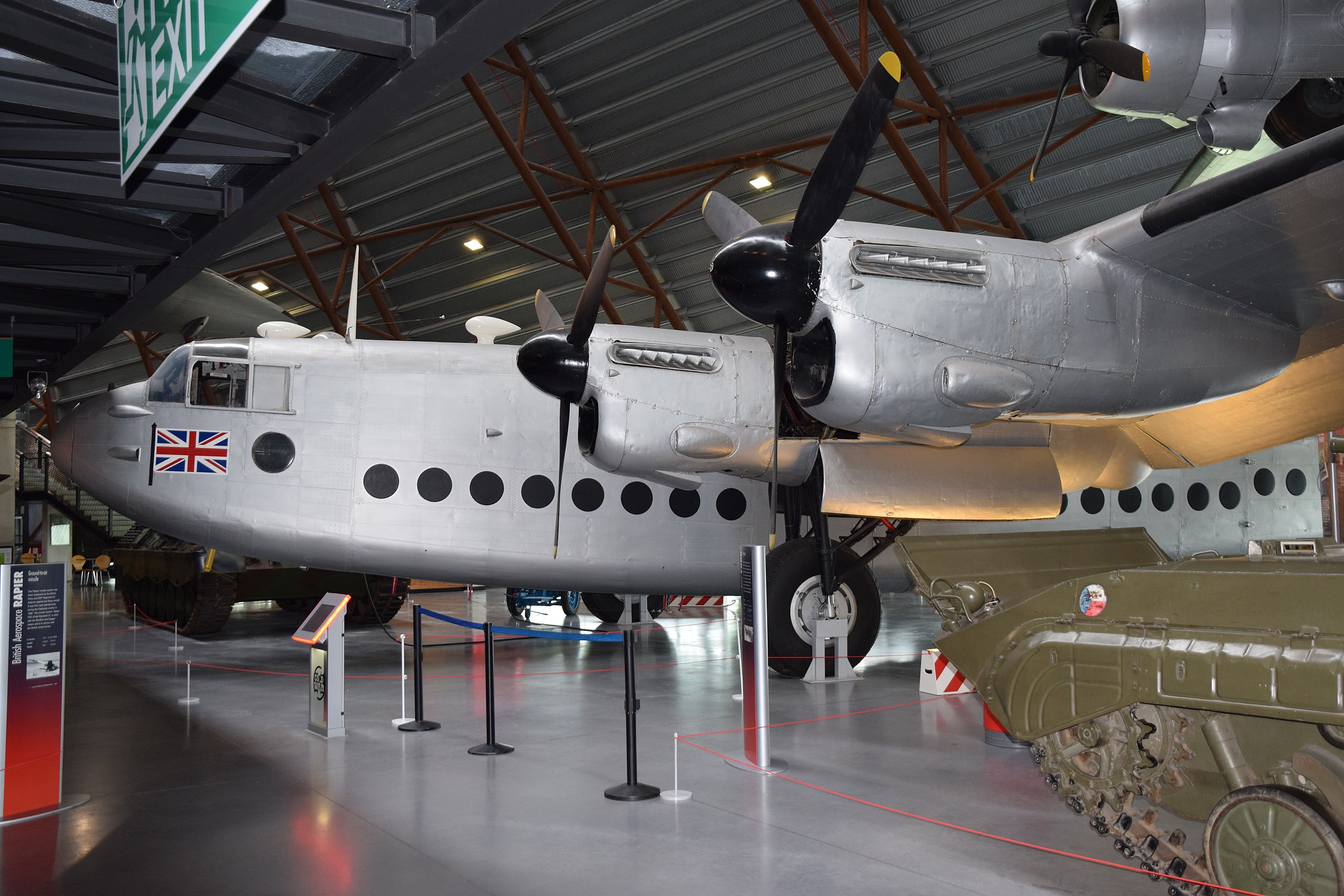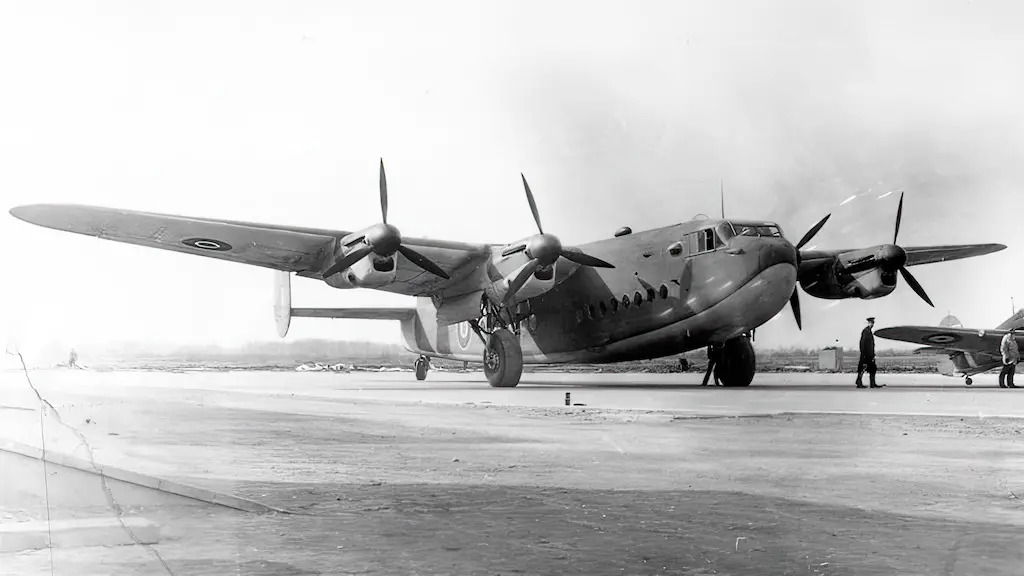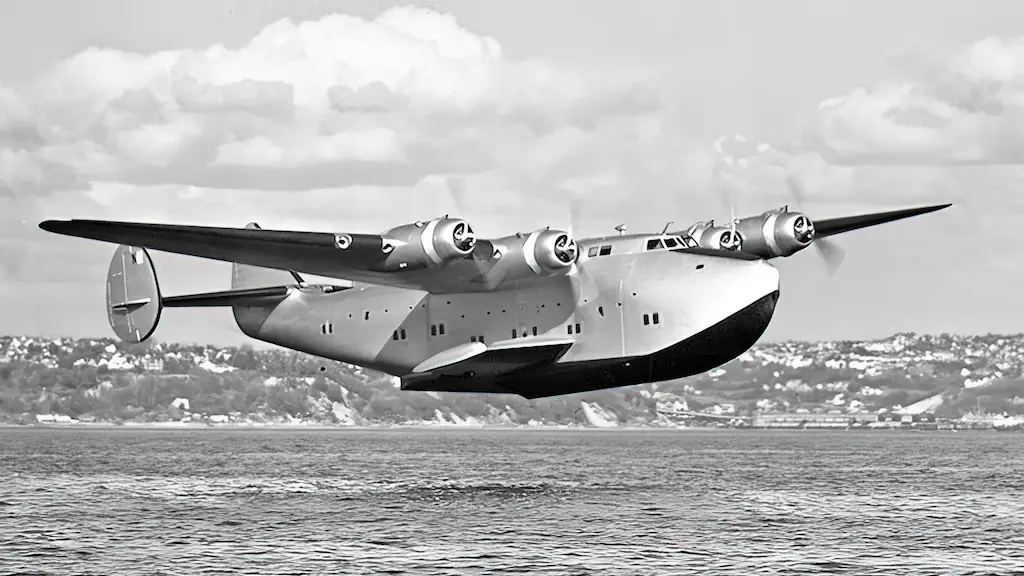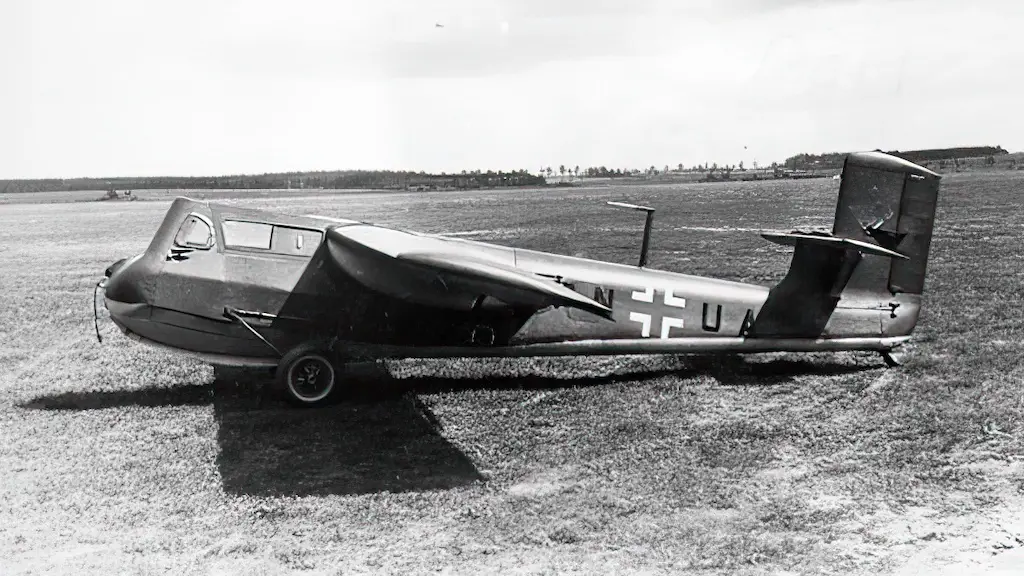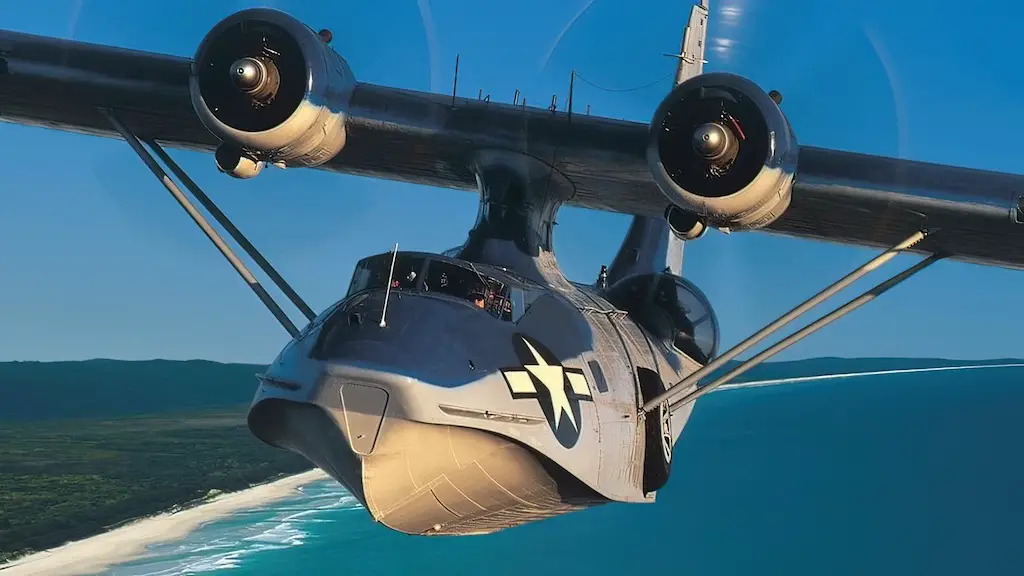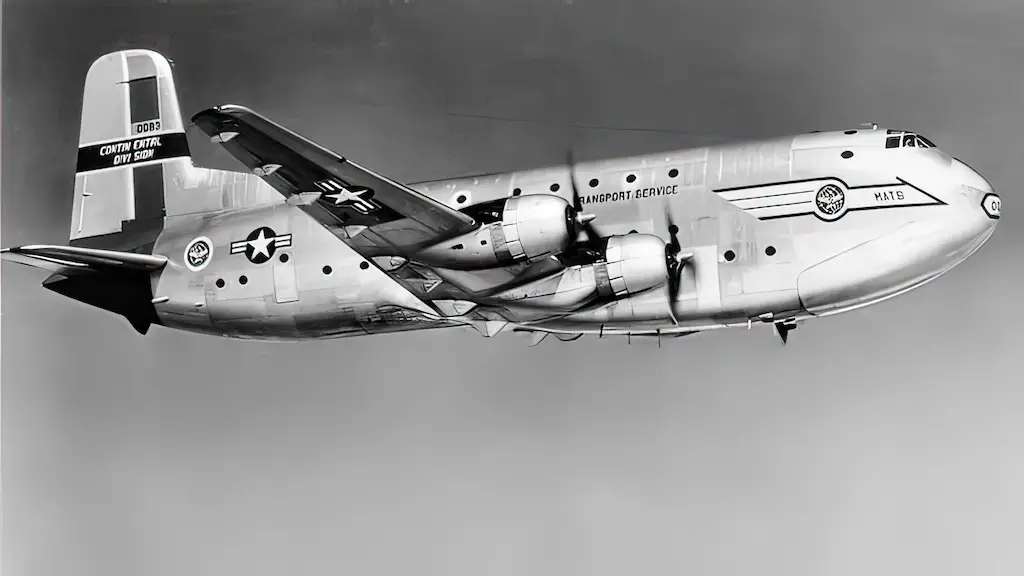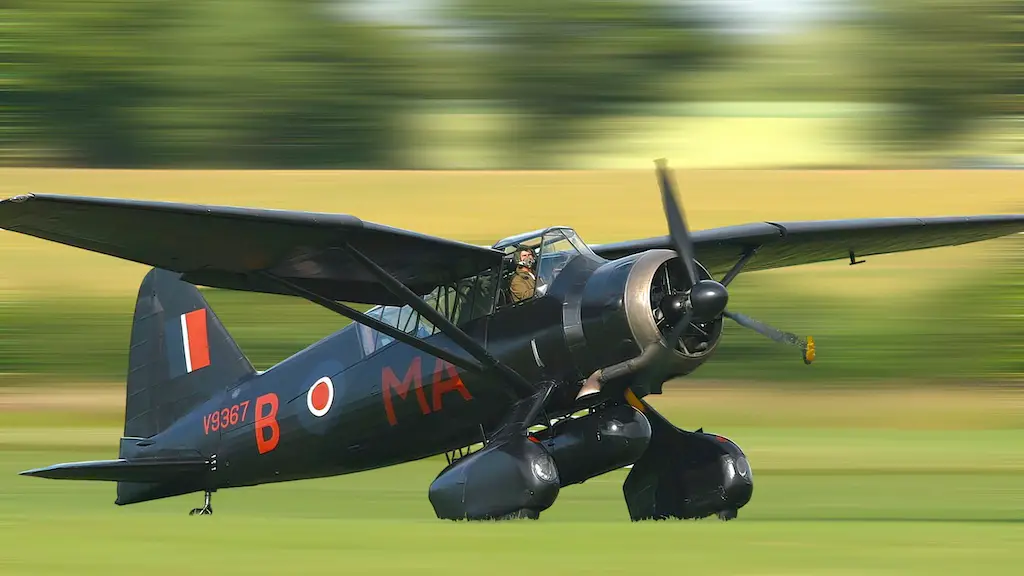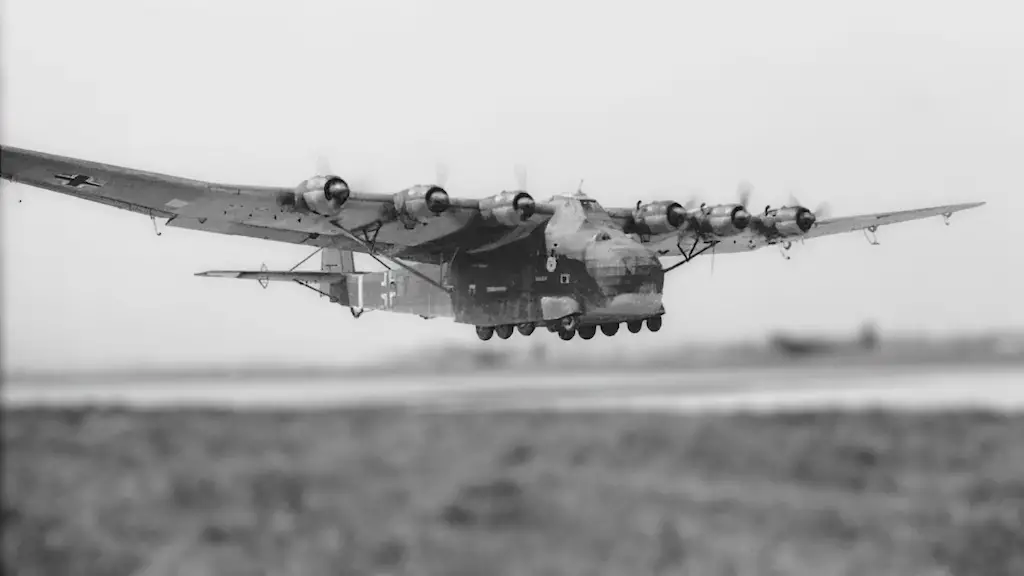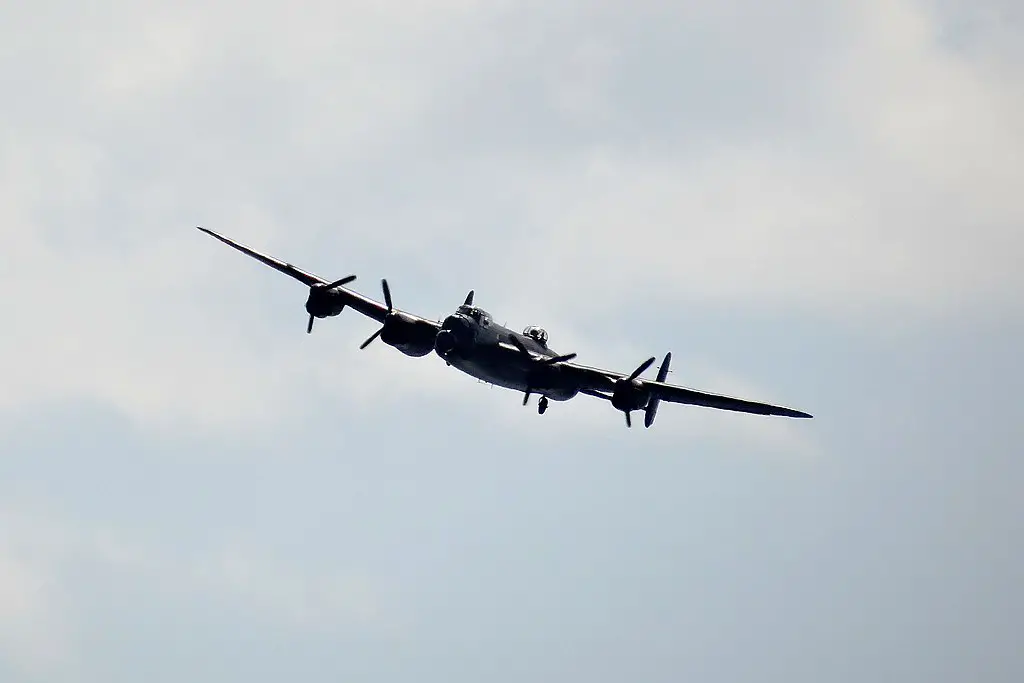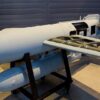Rise of a New Legacy
Born in the crucible of World War II, the Avro York was not an original design but an inspired adaptation. The Avro Lancaster heavy bomber, a mainstay of the Allied forces, lent its blueprint to the York. Despite shared features, the York’s creation was no swift process. Lancaster production, a wartime priority, held back York’s evolution until 1944. But when the time came, the York took off, quite literally, fulfilling a vital need for transport aircraft.
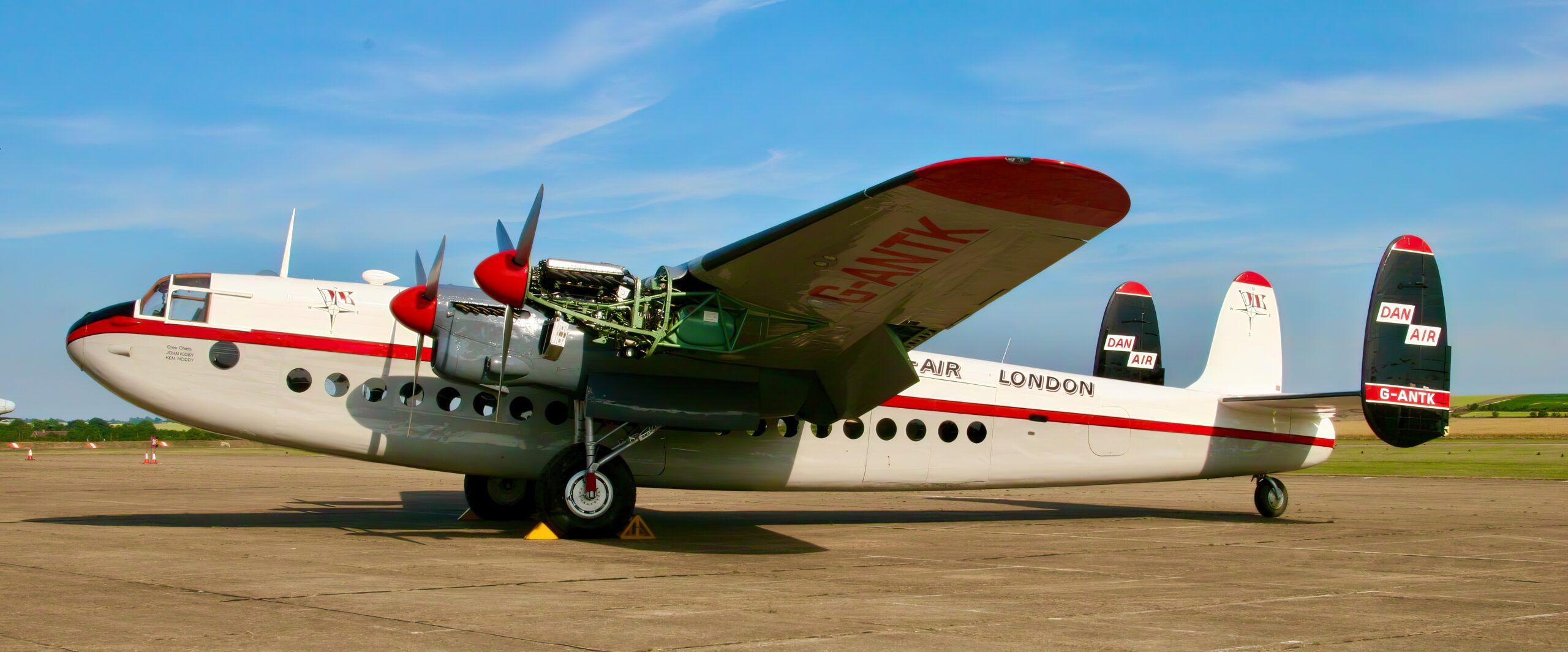
Power Unleashed
The Avro York didn’t simply borrow the design aesthetics from its predecessor; it also adopted the power. The Rolls-Royce Merlin engines, revered for their strength, became an integral part of the York. Four of these powerhouses resided within the aircraft, giving the York its robust capacity for heavy-duty transport. It was the engine’s adaptability and power that turned the York into a versatile marvel of its time.
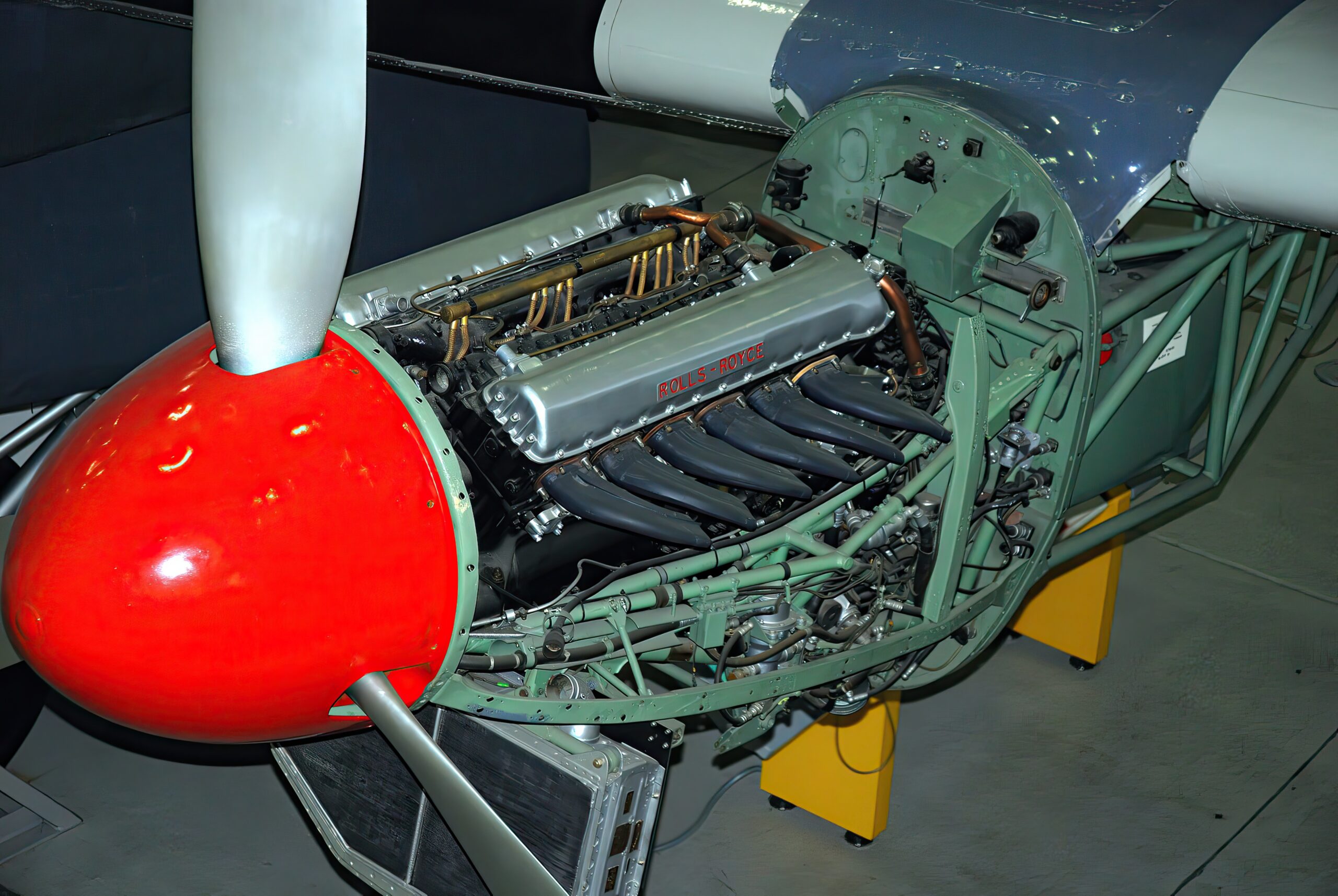
To Battle and Beyond
As the world was engulfed in the throes of war, the Avro York found its place not in combat, but in support. Often, its cargo was not ammunition or weapons, but food, supplies, and sometimes, VIP passengers. Serving the British Overseas Airways Corporation (BOAC), the York demonstrated its worth in varied conditions, from the harsh North Atlantic winter to the unforgiving African deserts. This aircraft was not a warrior but an essential aid to them.
Civilian Use of the Avro York
After the war, the Avro York didn’t retire into obscurity. Instead, it found a new purpose: civilian transport. Transformed from a wartime supply workhorse into a civilian carrier, the York served airlines such as British South American Airways and Skyways. With spacious cabins and sturdy design, it ferried people and cargo around the globe, making significant contributions to post-war reconstruction efforts.
Even the finest machines have their sunset, and for the Avro York, this came in the 1960s. The emergence of more modern and efficient aircraft led to the York’s gradual phase-out from active service.
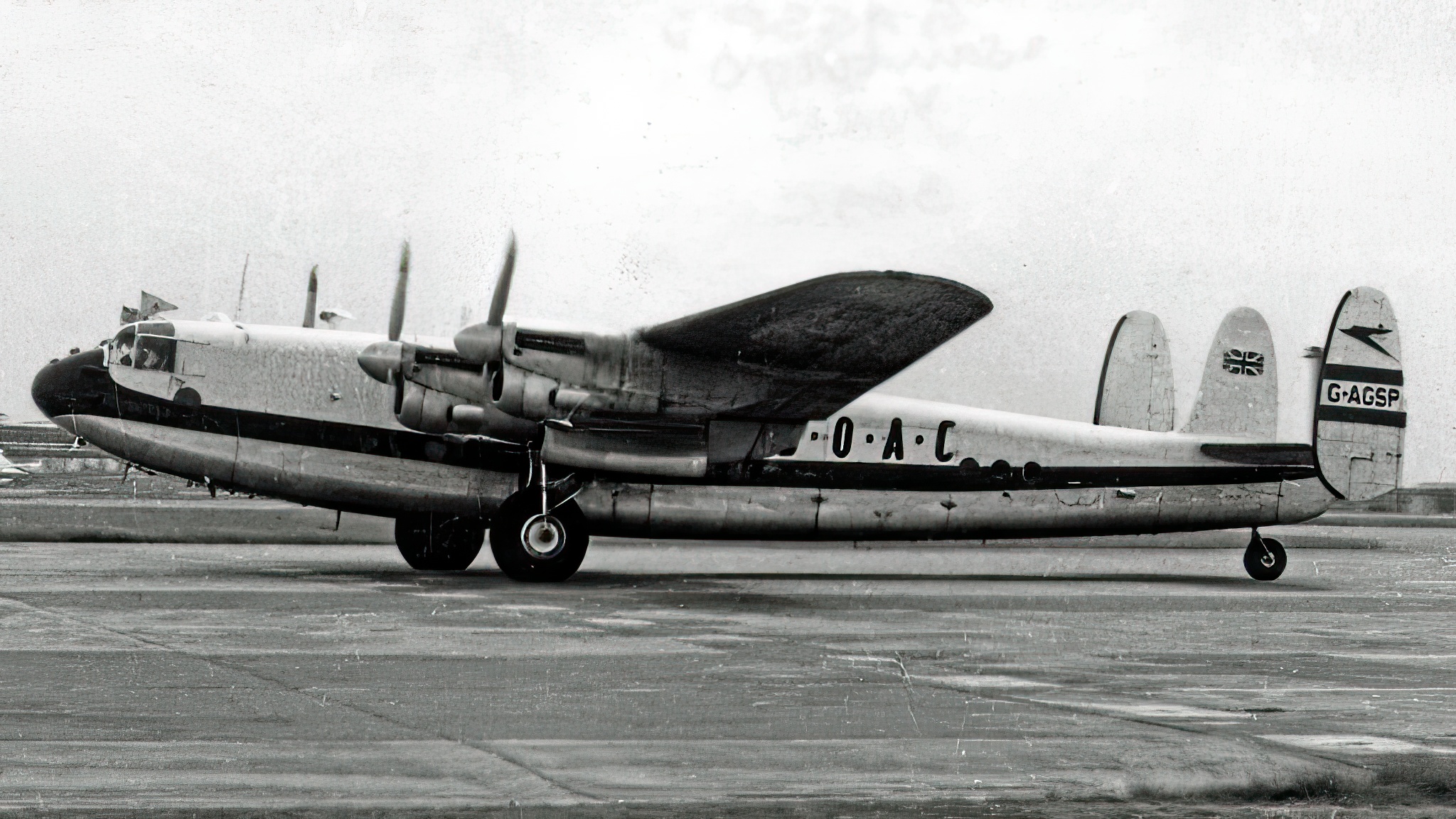
Surviving Airframes
Today, three surviving airframes of this transport marvel stand as silent witnesses to a bygone era.
One such relic finds its home at the RAF Museum in Cosford, UK. Known as the ‘MW100’, it holds the distinction of being the last York to fly under its own power in 1964. Restored to its former glory, ‘MW100’ now serves an educational role, a tangible link to the past for visitors.
Across the Atlantic, another York, ‘MW232’, resides at the National Museum of the United States Air Force in Dayton, Ohio. An integral part of the Berlin Airlift, ‘MW232’ stands as a testament to the role the Avro York played in post-war reconstruction.
The third surviving York, ‘G-ANTK’, lives on at the Imperial War Museum, Duxford. Once a stalwart of Dan-Air, it now gives a glimpse of post-war civil aviation, reminding us of the York’s transition from military to civilian life.
